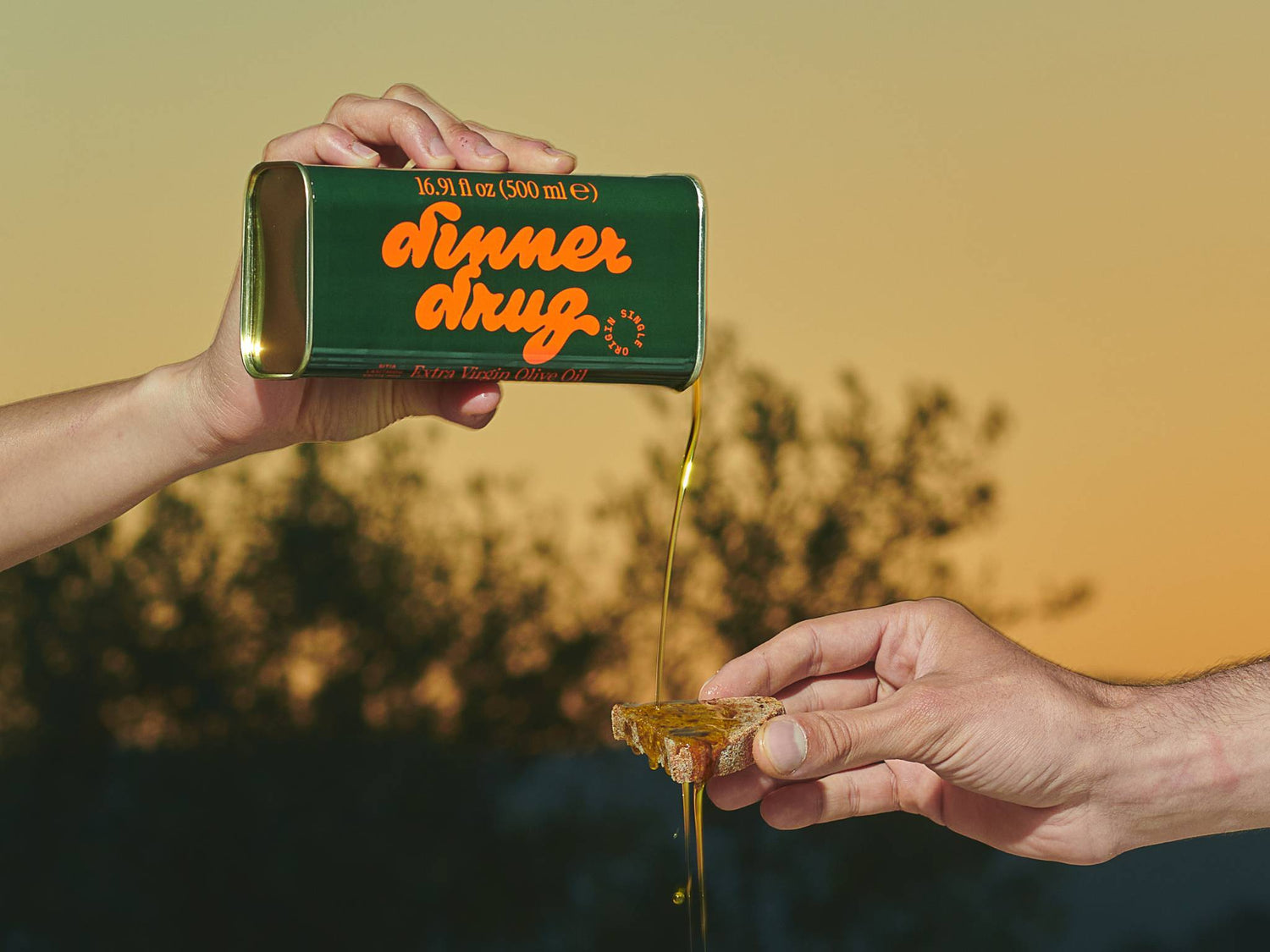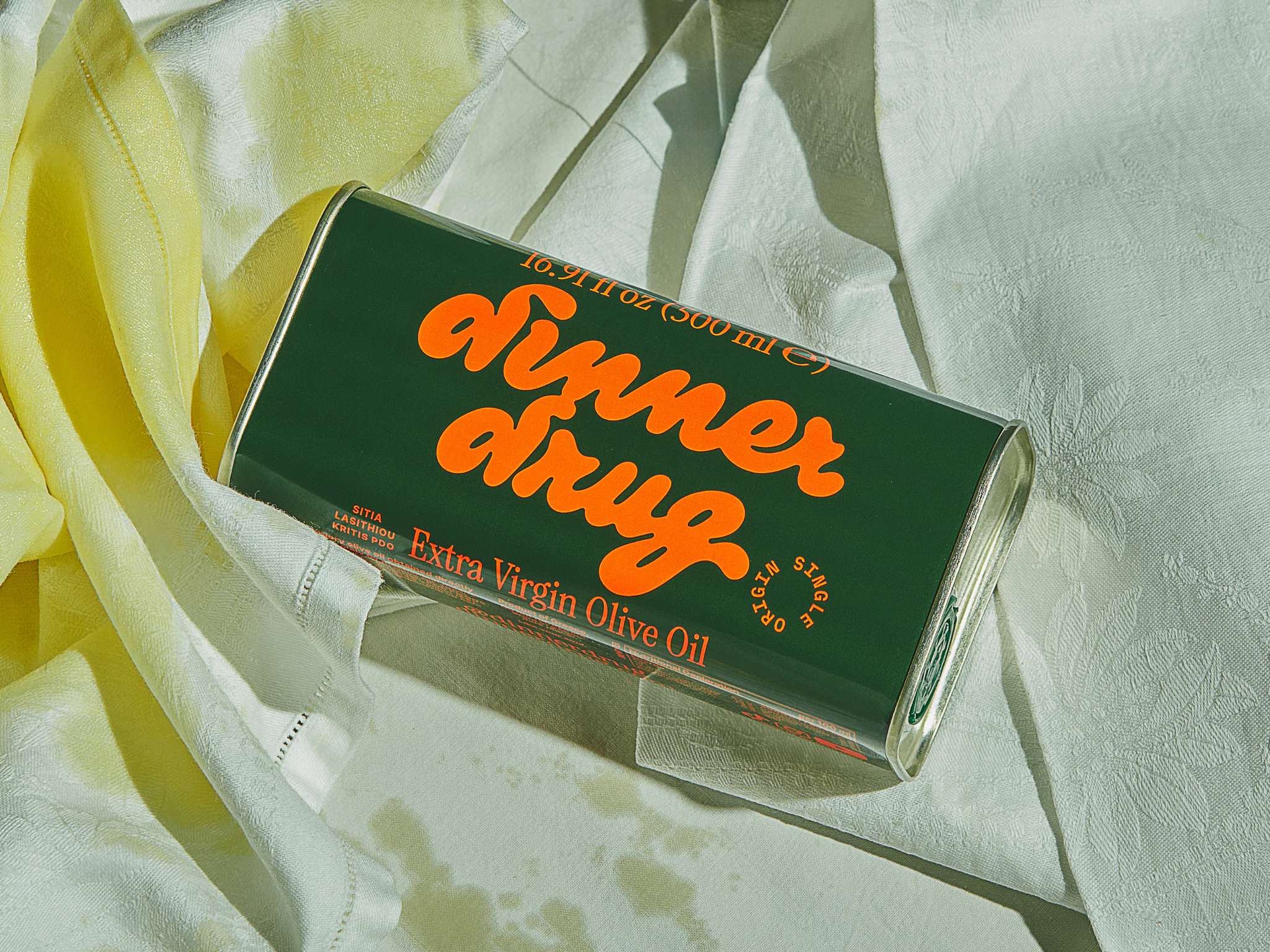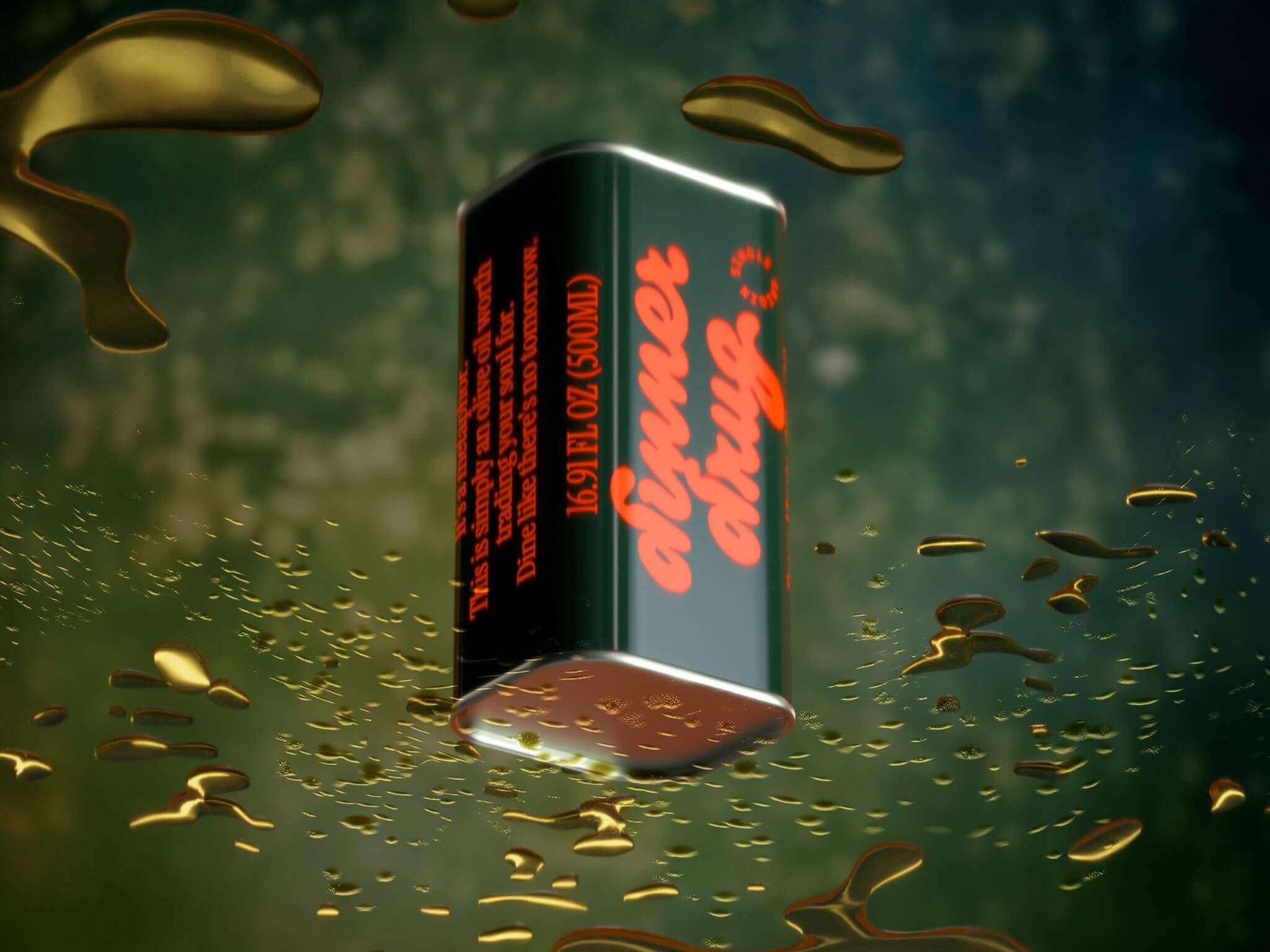If you are a frequent olive oil user, you’ve probably come across labels boasting about low acidity levels. Here’s an explainer on all you need to know about acidity and what it really does to the quality of your olive oil.
All this fuss about free acidity levels
Free acidity is the total amount of free fatty acids in olive oil. This may sound trivial to some, but it is an important quality criterion for olive oil. Let’s dive deeper into the chemical side of things to understand how and why acidity can make or break a good bottle of olive oil.
Ready for this quick chemistry refresher? Don’t worry, we won’t make you suffer long.
Olives naturally contain oil, most of which is in its pulp. This oil is basically triglycerides, a bunch of molecules formed from glycerol and three fatty acids.
But what’s more important here is that triglycerides aren’t always stable molecules. Under certain conditions, their links break, and fatty acids are set free. And this is exactly where it gets interesting.
Acidity tells you how many free fatty acids are in your oil, usually indicated as a percentage of oleic acid, one of the most abundant fatty acids in olive oil. The more fatty acids are set free, the higher the olive oil acidity will be.
Oleic acid is used as a reference point to calculate the overall free fatty acid content of olive oil. It is not the same as the oleic acid content in your oil!
Why does olive oil acidity matter anyway?
Enough of chemistry. The reason we should all care about the acidity of our olive oil is not just because of a few unstable molecules falling apart. No, this goes way beyond that.
The higher the acidity, the more imperfections and flaws were present in the olives and the whole process of obtaining the oil. In other words: when not using perfectly ripe, undamaged olives under ideal processing conditions, the quality of olive oil will be lower.
So your most important takeaway for now: the lower the olive oil acidity, the better its quality, and the better the producer has taken care of the olives.
Is olive oil acidic?
Up until now, we’ve seen that olive oil is acidic. But only slightly and, depending on the acidity level, we can classify olive oil into different categories. Each designation has its typical range of acidity. No need to overcomplicate things though, you can always remember our basic rule of thumb. The lower the acidity, the better the oil.
Here’s a breakdown of acidity levels according to olive oil categories:
Extra virgin olive oil: ≤ 0.8%
Virgin olive oil: ≤ 2.0%
Lampante olive oil: ≥ 2.0%
Oil from unripe olives: ≤ 0.5%
The lower acidity the better your oil. Well, actually…
Remember our rule of thumb from above? There’s one important exception you should know about. Yes, this rule is true for all the olive oil designations mentioned here so far.
But in some cases, the labels of refined olive oils indicate a very low acidity of 0.5% or below. Just a reminder: refined olive oil is a highly processed oil, so this isn’t one of your healthiest options. So how come it suddenly has a free acidity as low as extra virgin olive oil?
Well, it’s because of the refining processes. This industrial process removes all nutritious components and free fatty acids from the oil. So acidity is naturally very low in refined oils and isn’t a valid quality criterion.
Free fatty acids in your oil – here’s where they’re coming from
Let’s look at the factors that increase acidity and so decrease quality. Because that’s where you can also do some magic to protect your oil. But let’s start from the beginning when the olives are still on the tree.
That’s when free acidity is first determined, namely by weather and other environmental conditions. Hail, heavy rainfall, infestation, animals, or olives falling to the ground can all result in the olive skin being pierced.
Once the skin is broken oxygen starts working on the pulp containing most of the oil. More and more fatty acids are set free as a result of that and the overall acidity of the oil increases.
The same can happen during harvest and storage before further processing of the fruits. Crushing and bruising during harvest, transportation, or storage will increase free acidity levels. So do longer milling processes and higher temperatures during the extraction of olive oil. Finally, the extracted olive oil needs to be stored and protected from air, heat, and water to avoid increasing acidity.
Now let’s move on to what YOU can do to avoid making your olive oil more acidic. Because let’s face it: air, heat, and light will continue to work on your oil after purchase. These tips are easy and convenient:
- Always close the lid of your olive oil tin or bottle.
- Store the oil in a dark and cool place.
- You’re better off buying smaller batches of oil instead of large volumes in one canister.
Health benefits from low acidity olive oils
What amazed me most when learning about acidity was that it is not a direct indicator of health benefits.
Extra virgin olive oil is generally healthier than other olive oils and, by definition, has a lower acidity level. But it’s more the polyphenols, other antioxidants, and also all the heart-healthy fats, that make your oil a healthy and valuable ingredient, not its free acidity level as a standalone factor.
In the end, though, lower acidity points to an overall better quality of olives used for the oil, which will almost certainly result in more nutrients and flavor preserved. This takes us to the most important question about olive oil…
How does acidity influence the taste of your oil?
The surprising answer: not that much. I know the terms ‘taste’ and ‘acidity’ are often mentioned together and this has caused some confusion.
But the free acidity of your oil doesn’t actually influence its taste. This is because acidity is purely a quality measurement determined in laboratories.
Instead, the taste and flavor profile of olive oil are influenced by factors like the time of harvest, the region and age of the olive oil, and the amount of phenolic compounds present in the oil. It turns out polyphenols are not only healthy but also delicious.





